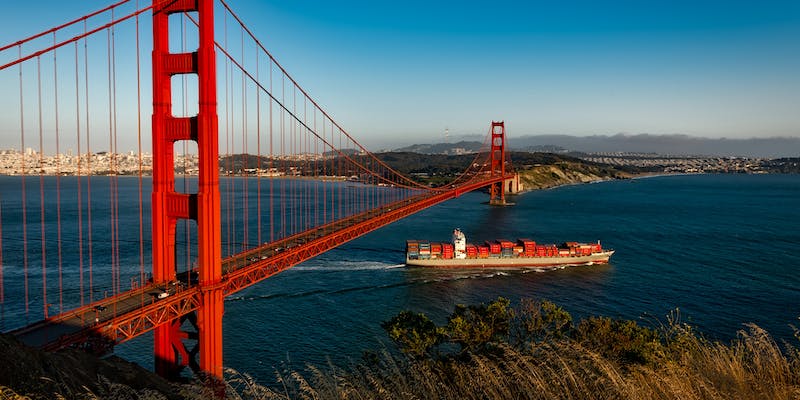With the rapid advancement of autonomous technology, accurately assessing the path-following performance of autonomous ships has become increasingly important. Unfortunately, current assessment methods often fall short, leading to inaccurate estimates of performance. In this article, we delve into the significant role of the Marine Environment Protection Committee (MEPC) in providing guidelines for determining the minimum propulsion power required to maintain ship maneuverability in adverse weather conditions. Furthermore, we present a recent study by a multinational team on the path-following performance of Maritime Autonomous Surface Ships (MASS) using a cutting-edge free-running Computational Fluid Dynamics (CFD) model.
Guidelines for Determining Minimum Propulsion Power
Recognizing the need for standardization, the MEPC has provided guidelines to ensure the safety and maneuverability of ships in adverse weather conditions. These guidelines establish criteria for determining the minimum propulsion power needed to maintain ship maneuverability, taking into account various factors such as sea state, wind speed, and vessel size.
The ability of a ship to maintain maneuverability in adverse weather conditions is crucial for the safety of both the onboard crew and the marine environment. Proper propulsion power ensures that ships can stay on course and respond effectively to unexpected situations, reducing the risk of accidents and potential harm caused by uncontrolled ship movements.
Study on Path-Following Performance Using a CFD Model
A team of researchers from various nations joined forces to explore the path-following performance of MASS. Combining their expertise in ship dynamics, fluid mechanics, and autonomous systems, the team aimed to provide valuable insights into enhancing the safety and efficiency of autonomous marine navigation.
To accurately simulate real-world conditions, the team employed a free-running CFD model. This advanced computational approach allowed for a comprehensive analysis of the ship’s behavior and performance when subjected to different wave conditions.
Application to the KRISO Container Ship Model
The team utilized the popular KRISO container ship model, equipped with an autonomous Line-Of-Sight (LOS) guidance system. This choice allowed for a realistic representation and evaluation of the ship’s autonomous capabilities in various scenarios.
The KRISO container ship model has been extensively studied and validated, making it suitable for investigating the path-following performance of MASS. Its well-defined hydrodynamics allowed accurate predictions of the ship’s responses to external forces and disturbances.
Simulation Results: Oscillatory Deviations
The simulations conducted by the research team revealed that the autonomous ship experienced oscillatory deviations in all three cases studied. These deviations highlighted the challenges faced by autonomous ships when following a predefined path while encountering different wave conditions.
Impact of Propulsion Power on Deviations in Bow and Beam Waves
Interestingly, the team observed that the deviations created by bow and beam waves decreased with an increase in propulsion power. This finding emphasizes the importance of providing adequate power to autonomous ships, especially in adverse conditions, to ensure proper path-following performance.
Negligible Effect of Propulsion Power in Quartering Waves
Surprisingly, the study found that there was a negligible effect of propulsion power on deviations caused by quartering waves. This observation suggests the need for alternative strategies, perhaps related to control systems or navigation algorithms, to improve the path-following performance of autonomous ships in such wave conditions.
Influence of Incident Wave Direction on Heave and Pitch Responses
Additionally, the research highlighted the significant impact of incident wave direction on the heave and pitch responses of the ship. This finding emphasizes the importance of considering wave direction when assessing the performance of autonomous ships and designing control systems that can effectively adapt to varying wave conditions.
Consistently low roll amplitudes
Remarkably, the simulations consistently showed roll amplitudes below 1.5 degrees across all three cases studied. This finding highlights the stability and robustness of the autonomous ship model, indicating its ability to withstand wave-induced roll motions and maintain a safe operational state.
The proposed CFD-based model provides crucial insights into enhancing the safety and performance of autonomous marine navigation. By accurately assessing path-following performance, taking into account factors such as propulsion power, wave conditions, and incident wave direction, autonomous ships can be better equipped to navigate adverse weather conditions with confidence. This research contributes to the ongoing efforts to improve the reliability and efficiency of autonomous marine systems, ensuring safe and sustainable maritime transportation in the future.

